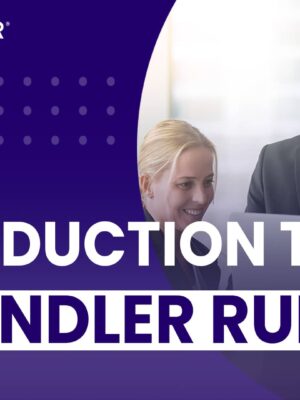How to Achieve Sustained Sales Growth
In his book, Fundamentals of Selling, Charles Futrell identifies careful use of selling time as perhaps the distinguishing characteristic of the successful salesperson.
Frequently, there are two main pitfalls that even experienced salespeople can fall into in terms of activities. First, they simply are not doing enough. What is enough? Enough telephone calls to make appointments, enough face-to-face calls, enough calls that involve or influence the decision-makers. In general, the more focused sales activity salespeople generate, the greater the number of sales opportunities they can create.
Poor Quality Activity
Second, but equally important, salespeople often are not clear about how to identify the prospects most likely to have a genuine need for their product or service. Without an objective way to prioritize which prospects to contact first, and/or an efficient strategy for contacting them, salespeople are doomed to waste a large percentage of their time.
Another huge dilemma for many salespeople is how to divide their time between servicing existing clients and generating new business from new prospects. Existing clients frequently make requests for service that could be dealt with by support staff. But salespeople who lack a disciplined, future-oriented plan for generating new contacts and sales, often find themselves spending more time attending to “urgent” tasks for existing accounts instead.
A common approach among salespeople can be summarized in the saying, “If you throw enough mud against the wall, some of it is bound to stick.” This approach is exhausting, demoralizing, extremely unproductive, and very expensive in the long term.
Speed of Relaying Customer Information
The Sales Leader provides another interesting dimension to activity management. Apart from product or service knowledge, salespeople require knowledge about prospects, clients and market trends. Therefore, if the information those salespeople require is not relayed in an efficient manner, their “face-to-face” selling activities are dramatically reduced.
Harder Rather Than Smarter
In the book, Emerson’s Essays, there is a section on “Law of Compensation” which can be summarized simply as “Give more, get more.” This is what most salespeople try to do, so they end up working harder when they could be working smarter. This begs the question ‘Are your sales activities deciding your strategy, or is your strategy deciding your sales activities?’
Developing a Strategic Sales Process
From the Sales Leaders’ perspective, developing a strategic sales process means developing a comprehensive, formal, realistic and step-by-step outline of what salespeople are expected to do. This is just as appropriate for internal and totally reactive sales teams as it is for external, proactive ones.
This outline should include the activity and calls salespeople must make, the relationships they should establish with prospects, the documentation they should use in sales calls, the issues they must discuss and resolve with prospects, and the tangible goals they must achieve in sequence, along the path to each sale, in order to achieve maximum effectiveness.
Copyright © 2020 by Jonathan Farrington All rights reserved. No part of this publication may be reproduced, distributed, or transmitted in any form or by any means without permission of the author.







